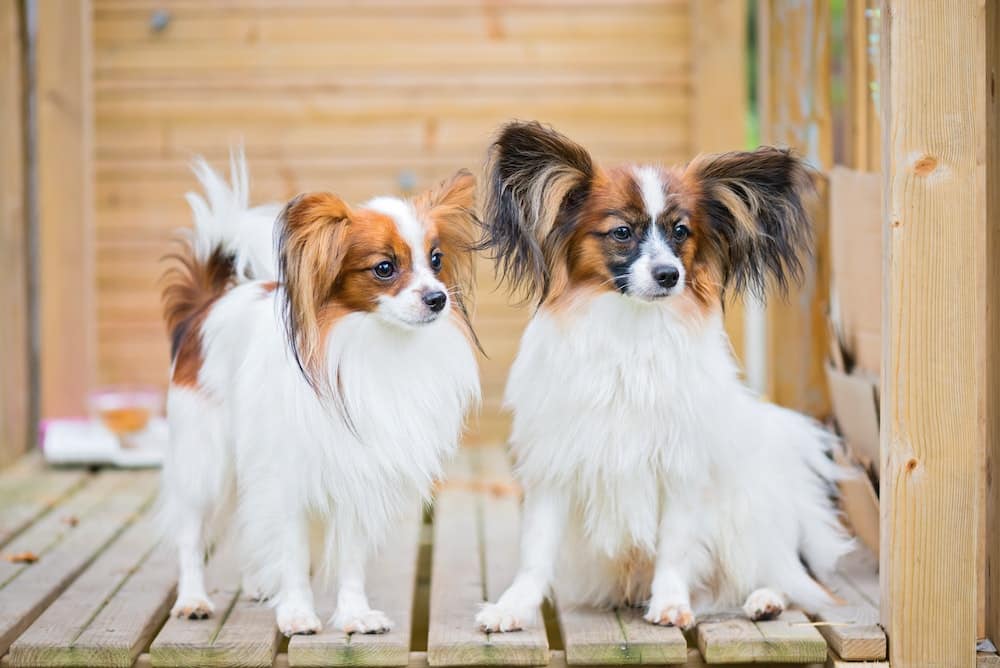How to Design a Butterfly Garden in a Small Urban Yard to Attract Pollinators?

With the decline of natural habitats, butterflies, bees, and other pollinators are in need of our help to thrive. By transforming your urban yard into a butterfly garden, you can provide a safe refuge for these vital creatures, all while adding a touch of beauty to your urban space. This article will explore the key steps and considerations in designing a butterfly-friendly garden: the selection of native plants, design considerations, and the importance of providing food and host plants for caterpillars.
Selection of Native Plants
The first step in creating a butterfly garden is the careful selection of native plants. Native plants are those that have evolved in a specific region, making them better adapted to the local climate and soil conditions. They are also more likely to attract native butterfly species, as well as other pollinators such as bees.
A découvrir également : What Are the Best Plant Choices for a Hypoallergenic Indoor Garden?
In terms of plant types, a mix of perennials, annuals, and shrubs can offer a variety of nectar sources throughout the year. Consider plants with different blooming times to ensure a constant supply of nectar. For instance, spring-blooming plants like lilacs and violets provide an early source of food, while late-blooming species like asters and goldenrod offer sustenance in the fall.
Research the native plants in your area, considering their bloom times, color, height, and sunlight requirements. Keep in mind that butterflies are attracted to bright colors, with red, yellow, orange, and pink often being favorites.
Cela peut vous intéresser : How Can You Design a Space-Saving Nursery in a One-Bedroom Apartment?
Design Considerations for Your Butterfly Garden
Designing your butterfly garden requires careful consideration of the layout and positioning of your plants. Aim for a diverse, layered planting scheme that mimics a natural habitat. This could include tall trees for shade and wind protection, medium-sized shrubs for shelter, and lower-growing flowers for nectar.
Butterflies also need sunlight to warm their bodies for flight, so ensure that your garden has ample sunny spots. At the same time, butterflies will appreciate a few sheltered areas where they can escape from harsh winds and predators. Consider incorporating features like trellises, pergolas, or shrubs for this purpose.
Place your plants in clusters of the same species to create a more attractive display for pollinators. Butterflies, in particular, are more likely to be drawn to a large swath of their favorite flowers, rather than a single plant.
Remember, the design of your butterfly garden is not solely about aesthetics. It’s also about creating a sustainable habitat that caters to the needs of butterflies and other pollinators.
Catering to the Lifecycles of Butterflies: Nectar and Host Plants
To attract and sustain butterflies, your garden will need to cater to all stages of their lifecycle: egg, caterpillar (larva), chrysalis (pupa), and butterfly (adult). This means providing not only nectar plants for adult butterflies but also host plants for their caterpillars.
Many butterflies are specialists, laying their eggs on only a specific type of plant that their caterpillars will eat. For instance, Monarch butterflies lay their eggs exclusively on milkweed, which is the sole food source for their caterpillars. Research the butterfly species native to your area and provide the appropriate host plants for their caterpillars.
Equally important are nectar plants, which provide food for adult butterflies. As mentioned earlier, aim for a variety of plants that bloom at different times, ensuring a continuous supply of nectar. Butterflies are especially drawn to native plants with tubular, brightly colored flowers.
The Role of Water and Shelter
Apart from food and host plants, butterflies also need water and shelter, both of which can be provided with simple features in your garden.
For water, consider a shallow dish or birdbath filled with small stones. Butterflies, bees, and other insects will use this as a watering hole. Make sure to refill it regularly, especially during hot, dry weather.
For shelter, incorporate shrubs, tall grasses, and trees into your garden design. These will provide places for butterflies to roost at night, hide from predators, and shelter from bad weather. Certain butterflies may also overwinter in your garden, finding refuge in tree cavities, under bark, or among leaves and grass.
Through thoughtful planning and design, your small urban yard can become a haven for butterflies and other pollinators. Not only will you be helping these important creatures, but you’ll also enjoy the added beauty and vitality they bring to your garden.
Providing For Pollinators: Beyond Butterflies
While the main focus of your garden may be butterflies, it’s essential not to overlook the needs of other beneficial pollinators, such as bees, hummingbirds, and bats. These pollinators are attracted to many of the same native plants and provide the added benefit of further enhancing the biodiversity of your garden.
Native bees, including bumblebees and mason bees, are efficient pollinators and critical for ecosystem health. Like butterflies, they too are attracted to nectar-filled, brightly colored flowers. Some bees also require bare, undisturbed ground or hollow stems for nesting, so keep this in mind when designing your garden.
Hummingbirds, with their long beaks and tongues, are specially adapted to feed on tubular flowers. Plants like native honeysuckle, penstemon, and salvia can attract these charming birds to your urban yard.
Even bats, often misunderstood and feared, play a crucial role in pollination. They are particularly attracted to night-blooming flowers with a strong scent. Adding plants like evening primrose or night-blooming jasmine can make your butterfly garden bat-friendly as well.
By catering to a variety of pollinators, your garden can serve as a mini-ecosystem, providing food and shelter for a multitude of species, and contributing to urban biodiversity.
Conclusion: The Impact of Your Small Urban Butterfly Garden
You may feel that your small urban yard is too insignificant to make a difference but rest assured, every bit helps. Small garden spaces can collectively add up to create corridors of habitat across the urban landscape, providing essential stepping stones for pollinators.
In designing your butterfly garden, you’re not only creating a beautiful, vibrant space for you and your family to enjoy; you’re also contributing to the survival and prosperity of butterflies, bees, hummingbirds, and even bats. Your garden becomes a sanctuary for these creatures against the backdrop of concrete and asphalt.
It’s empowering to know that by taking specific actions, such as planting native plants, providing host plants for caterpillars, and creating spaces for shelter and water, you can make a tangible difference in supporting pollinators. Enjoy the process of creating your butterfly garden, and the reward of seeing it come alive with the flutter of wings and the buzz of bees.
In the end, not only do you get to enjoy the visual spectacle of a multitude of species visiting your front yard, but you also play a vital role in supporting the ecosystem. So why wait? Start planning your pollinator-friendly garden today and join the growing movement of urban gardeners making a difference for our pollinators.
